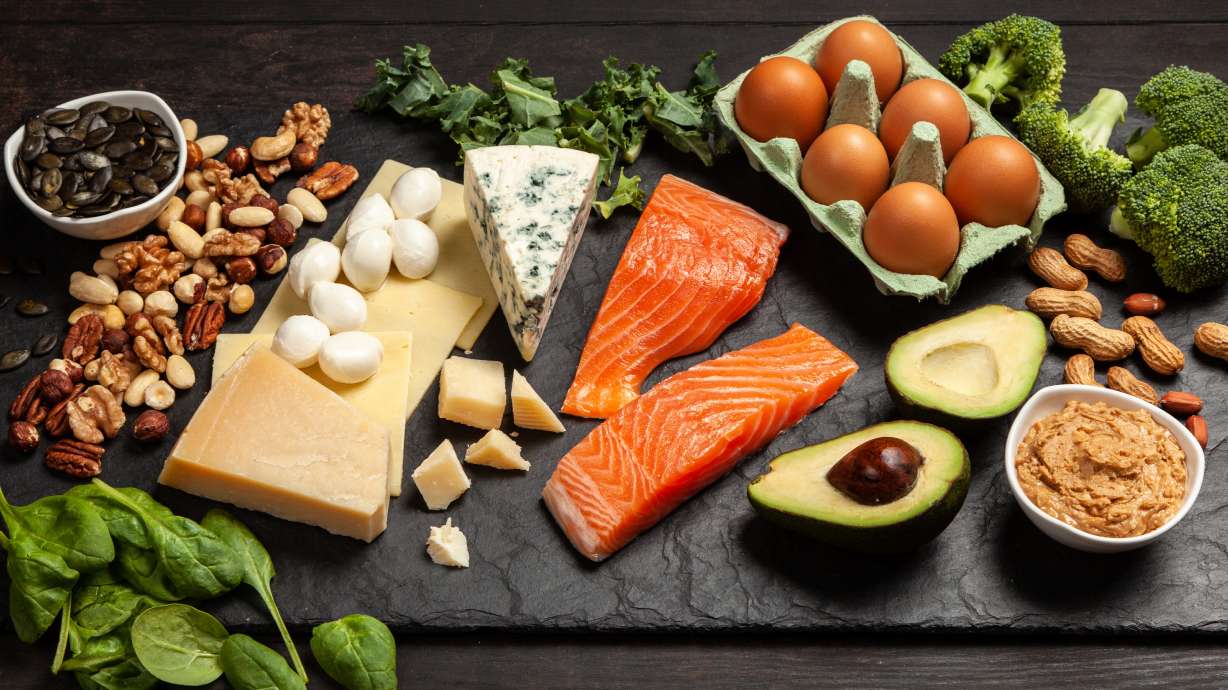Many continue to harbor misconceptions about low-carb diets, often relying on outdated myths or simplistic statements. However, when approached correctly, a low-carb lifestyle can greatly enhance metabolic health, energy, and body composition. Here, we unpack some prevalent myths and highlight the scientific truths associated with low-carb dieting.
1. You need carbs for energy
This widely held belief is misleading. While carbohydrates can be utilized for energy, they are not a necessity. Once the body adjusts, it becomes adept at using fat and ketones as fuel, which can be particularly beneficial during extended exercise or fasting. Joel Bikman, a seasoned nutrition executive, explains, “Fat is the body’s largest and most reliable energy reserve. When you train your metabolism to use it efficiently, you unlock a level of endurance and energy stability that carbs alone can’t offer.” This state not only aids in energy management but also supports steady blood sugar levels and enhances mental clarity, delivering benefits that extend beyond athletic performance.
2. Low-carb means no carbs
A low-carb diet does not equate to completely eliminating carbohydrates. Instead, it focuses on reducing refined sugars and starches while allowing for nutrient-dense carb sources such as leafy greens, cruciferous vegetables, avocados, and berries. The objective is not to remove an entire macronutrient group but to emphasize quality. Bikman states, “A well-formulated low-carb diet isn’t restrictive — it’s refined. It weeds out the junk and prioritizes nutrient-dense foods your body actually thrives on.”
3. You’ll feel awful
While some individuals may experience what is known as “keto flu” during the transition from burning sugar to burning fat, this discomfort is temporary. Symptoms such as fatigue and irritability usually indicate a metabolic recalibration rather than an underlying issue. “Adaptation isn’t a sign something is wrong — it’s a sign something is changing,” Bikman advises. Proper hydration and sufficient fat intake can help ease this adjustment, and most report significantly improved energy and mental clarity post-transition.
4. It’s bad for athletes
Traditionally, athletes were advised to carb-load for optimal performance. However, new research, particularly in endurance sports, suggests otherwise. Many endurance athletes, including cyclists and triathletes, have reported enhanced stamina and fat oxidation through low-carb or ketogenic approaches. The shift in metabolic flexibility is now seen as an advantage rather than a drawback.
5. You can’t eat fruit
This misunderstanding stems from confusion around the term “low-glycemic.” While some fruits are high in sugar, many, such as berries, are low in net carbs and offer a wealth of antioxidants. Other low-sugar fruits like kiwis, starfruits, and small quantities of melons can also be included within a low-carb framework.
6. It’s just another diet fad
The low-carb diet is not a trend but is supported by decades of scientific research. Numerous studies indicate that low-carb and ketogenic diets can enhance blood sugar regulation, lower insulin levels, assist in weight loss, and improve lipid profiles. Bikman asserts, “The low-carb approach isn’t a passing trend. It’s a proven therapeutic tool with decades of data behind it.” The American Diabetes Association recognizes low-carb diets as an effective therapy for managing type 2 diabetes, demonstrating substantial clinical backing.
7. It’s too restrictive
In fact, many find low-carb diets less constrictive than traditional calorie counting. This approach can help stabilize appetite, reduce cravings, and simplify dietary choices by eliminating blood sugar fluctuations. Bikman emphasizes, “It’s not about eating less. It’s about eating smarter. Low-carb helps people reclaim control over their hunger and their health.”
A Boost to Low-Carb Living
Bikman recognized a gap in support for those wishing to follow a healthy low-carb diet but faced challenges like time and knowledge. To address this, he and his team developed HLTH Code Complete Meal, a nutrition shake designed for weight management and overall health. Each shake is formulated with a blend of protein, collagen, healthy fats, probiotics, and vitamins, free from sugar and artificial ingredients.
Bikman elaborates, “HLTH Code Complete Meal is based on research, not fads. An incredible amount of work went into making this nutritionally balanced and optimized, yet we knew that if it didn’t taste good, no one would use them consistently.”
Convenient and Delicious
The shakes are quick to prepare: just mix two scoops of either Creamy Vanilla or Chocolate Macadamia Complete Meal Powder with eight ounces of cold water. Bikman recommends replacing one meal a day for wellness, or two meals daily for weight loss. Happy user testimonials highlight significant benefits, including increased energy and reduced cravings.
Bikman asserts that the optimal health journey starts with the right nutrition, leading to enhanced energy, wellness, and overall improvement in quality of life. “Weight loss is rarely easy. There has to be the right changes in both hormones and caloric balance to signal to the body that it’s time to start burning, not storing, fat.”
Satisfaction Guaranteed
For those hesitant about making nutritional changes, Bikman guarantees satisfaction with his HLTH Code Complete Meal shakes, encouraging potential users that they have “nothing to lose (except those extra pounds) and everything to gain—in terms of wellness and confidence.”
For individuals seeking improved well-being and effective weight management, HLTH Code Complete Meal could serve as a valuable solution. For exclusive savings on your initial order, visit getHLTH.com and enter the code KSL at checkout.
The opinions and conclusions expressed in this article reflect the sponsor’s views and do not represent the perspectives of KSL.com. This site does not provide medical advice; always consult a healthcare professional for medical concerns.

